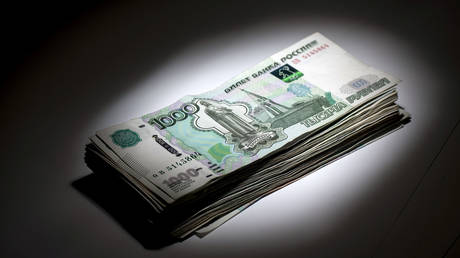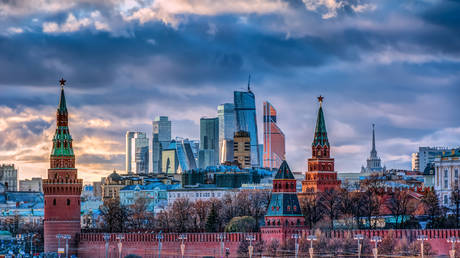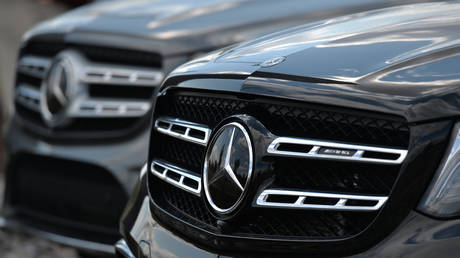The budget carrier posted quarterly loss of over $107 million
Europe’s low-cost airline, Ryanair, reported missing its target of 11 million passengers in December, instead carrying 9.5 million, due to “media hysteria” over the Covid-19 Omicron variant.
The company’s loss for the final three months of 2021 amounted to €96 million ($107 million), although this was a significant improvement over the €321 million ($359 million) loss in the same period in 2020.
Customer numbers, at 31.1 million, were more than three times higher, and revenues of €1.47 billion ($1.6 billion) were 331% up on 2020 levels.
“The sudden emergence of the Omicron variant and the media hysteria it generated in December … forced European governments to reimpose travel restrictions in the run-up to Christmas,” Ryanair chief executive Michael O’Leary explained. That had “significantly weakened” peak last-minute bookings and fares over Christmas and new year, cutting December traffic and load factors, he added.
READ MORE: WHO predicts end of pandemic in Europe
The company has warned of a “hugely uncertain” financial outlook, saying that the first three months of 2022 would require “significant price stimulation at lower prices” to attract customers.
The airline also said it hopes the roll-out of booster jabs and evidence about Omicron being less virulent than other variants will lead to easing of restrictions and restoration of consumer confidence ahead of Easter. Ryanair sees capacity this summer topping pre-pandemic levels.
For more stories on economy & finance visit RT’s business section




